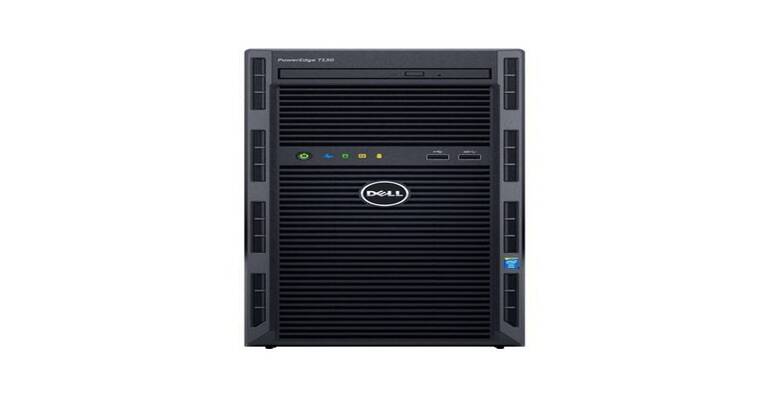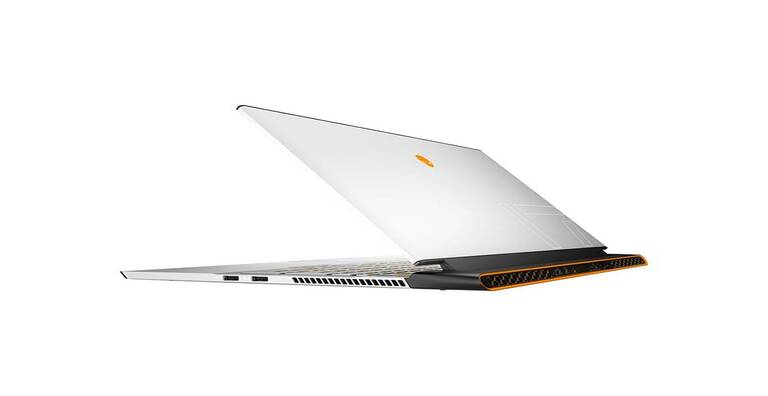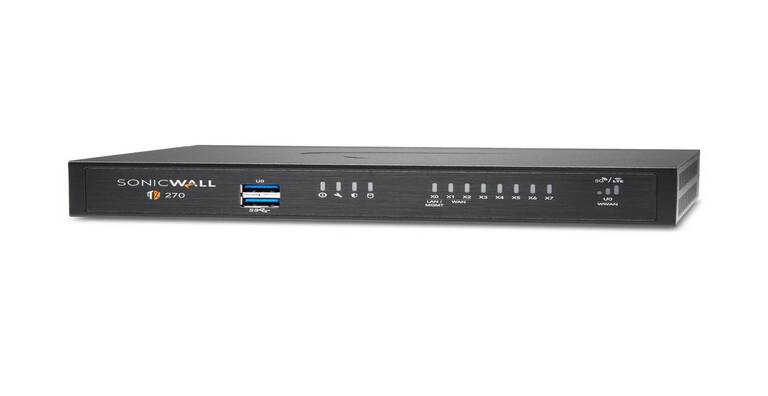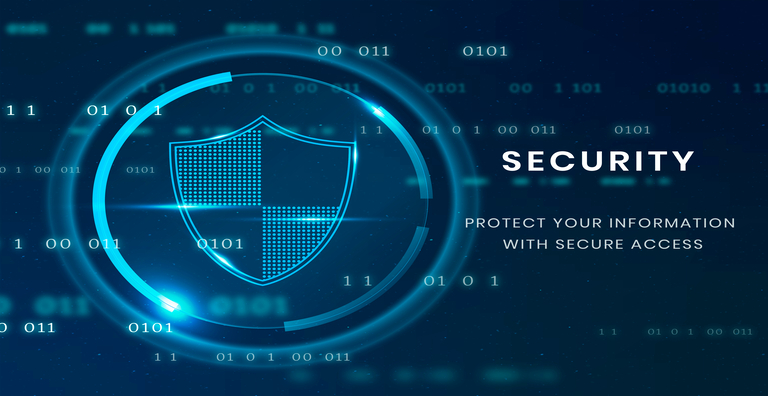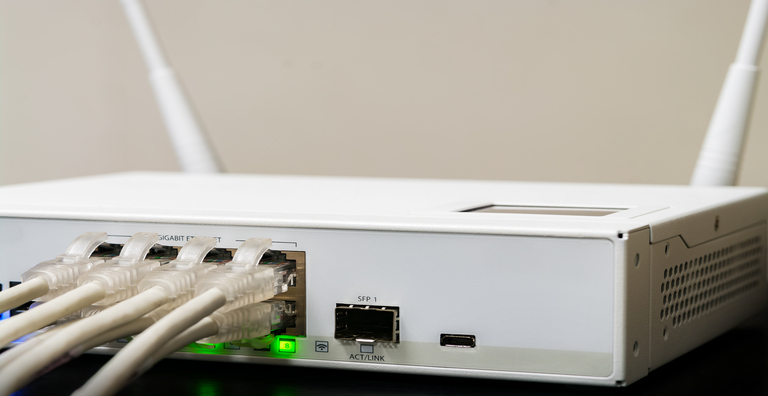A Detailed Guide on How to Update Dell Servers (PowerEdge)
Updating servers is not an easy process and you need to know the entire process correctly and in detail. The same applies to Dell PowerEdge servers as well. You can use this guide as a reference when updating Dell servers as it discusses different methods to update a Dell PowerEdge Server.
But before we jump straight into the process of updating Dell servers, it would make things easier if you know the difference between drivers and firmware. It’s because, on a server, you can update both drivers and firmware. It means if you are updating a Dell server, the differentiation between drivers and firmware must be clear.
What is the difference between firmware and drivers?
While firmware is a type of software that enables a device to perform functions without the need for additional software, a driver is software that instructs your operating system about how to communicate with a hardware device. Each driver is developed for a particular device and a particular operating system, and you can find drivers for every disk and card on your computer.
Since an operating system doesn’t come with the support for all hardware devices present on the machine, you need drivers to act as an interface between the hardware and the operating system. Without a driver, a hardware device in or attached to your machine doesn’t work.
On the other hand, firmware is something that helps a machine to come alive, communicate with other devices, and perform basic I/O functions. Even an operating system is not useful as it requires firmware for the machine to be alive beforehand in order to work. Firmware is permanently baked into a hardware device, such as keyboards, hard drives, BIOS, or video cards. However, it can be erased and etched again.
Keeping a server updated is the best way to ensure higher interoperability between the OS and server and avoid any issues.
How to Update Dell Servers in Different Ways
To update Dell servers, you can try different methods based on your needs. Here, we have explained each of them based on the recommendations shared by the Dell support team.
1) Updating individual components manually
For this method, you will need Dell Update Packages (DUPs). These packages allow you to quickly update firmware or drivers of the entire system or specific system components. What’s best about using a DUP for Dell server updates is that the system doesn’t have to be offline to apply most updates.
What to do?
First, you need to identify the hardware that requires updates. Then, you need to find out the appropriate DUP and download it.
Here are a few tips to complete the process:
• Open the browser window of your server OS and then click on Drivers & Downloads.
• Enter your server’s, Service Tag. If it is not known, it can be found with the command prompt.
• In the section of Drivers & Downloads, ensure that the right OS for the server is selected.
• There, you can see categorized updates and expand them to check the available updates.
• You can identify the appropriate DUP by filename as it starts with the “DELL EMC Server Update Utility”.
• Select the right one and download the package.
• Then, all you need is to run the package by double-clicking. Once the file installation is complete, a confirmation message will be displayed.
Depending on what DUP you download, you may or may not need to reboot the server.
2) Updating All Components at the Same Time
With Platform-Specific ISO
You can use the online method to update all the firmware for a 12G, 13G, or 14G Dell EMC PowerEdge server in one step by using Platform-Specific Bootable ISO. When a server is started from the self-bootable ISO, all updates are done automatically in about one hour. When updating a Dell server with this method, make sure that iDRAC is already configured and you have an external Internet connection.
For servers without a configured iDRAC and Internet connection, you can use the offline method to update all server firmware in one go. An ISO is transferrable on a bootable USB storage device.
With Server Update Utility (SUU)
It is a local one-to-one utility to update BIOS, firmware, drivers, and applications on the Dell PowerEdge servers. An interesting thing about this method is that with SUU, you can compare current versions and the latest versions available. Once you select the components that need to be updated and confirm, SUU does the rest of the work.
With Lifecycle Controller
This technology enables remote server management and allows you to update the firmware with the help of a local or Dell-based firmware repository.
3) Updating Multiple Components with Console-Based Methods
• OpenManage (OM) Enterprise system management console is designed to simplify and intelligently automate IT infrastructure management tasks, including the updating task of multiple components.
• Another way is to use VMWare vCenter for performing firmware updates for clusters.
• Microsoft System Center (MSSC) Configuration Manager, also known as ConfigMgr, is developed by Microsoft to perform updates along with patch management, hardware & software inventory, and more.
4) Updating Different Select System Components
To update your Dell server with this method, you can use the following tools:
• Dell EMC Repository Manager (DRM) - helps with identification, gathering, and packaging DUPs into a format that can be used for deployment
• Dell EMC System Update (DSU) - suitable for those who want to manage the deployment of updates in a scripted manner
• Integrated Dell Remote Access Controller (iDRAC) - already available on PowerEdge servers and can be used to update firmware
Besides, you can also update your firmware and drivers by using DevOps tools, such as Ansible.
If you are planning to buy the latest and popular Dell servers for your business and have any queries, please connect with us via WhatsApp (+971585811786).

